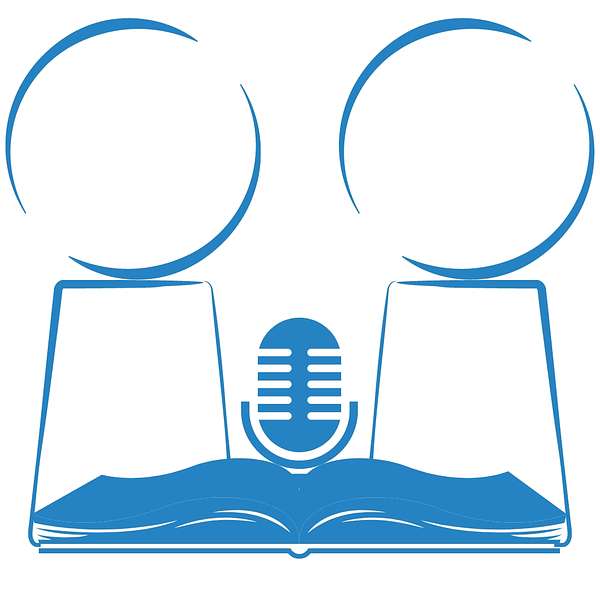
TALC Chats Podcast
Supported by Tacoma Area Literacy Council Volunteers.
This podcast supports American-English language learners by strengthening listening and comprehension skills. In addition, this podcast focuses on pronunciation challenges, idioms, and expressions in the American- English language.
Contact info: https://tacomaliteracy.org/ ph. 253-272-2471
TALC Chats Podcast
# 35 - Bodies of Water - The Puget Sound 🌊
We are lucky to live in a place where there are so many bodies of water.
We usually use body to mean the physical structure of a living creature, but we also use "body" to talk about a significant accumulation (gathering) of water on the surface of the earth – or other planet. Oceans, rivers and lakes are bodies of water.
The biggest bodies of water are the oceans or the seas. we usually use "oceans". Trick question: How many oceans are on the earth?
It’s really only one body of water that is divided onto 5 areas: the Pacific, Atlantic, Indian, Arctic and Southern oceans.
70% of the earth is covered by the oceans! How can you tell if water is ocean water? It is saline or salty.
The ocean that is nearest to us in Western Washington is the Pacific Ocean. Pacific means peaceful, but the Pacific Ocean is often not peaceful. It is the biggest and deepest ocean in the world. Sometimes it can be vary rough with high waves. All the earth’s continents could fit in the Pacific Ocean.
We live near a long squiggly finger of the Pacific Ocean called the Puget Sound. It is an estuary. An estuary is a body of water that has one or more rivers that flow into it and is connected to the ocean. Puget Sound is connected to the Straits of Juan de Fuca which connects to the Pacific Ocean. Puget sound is 95 miles long and continues south to Olympia, the capital city of the state of Washington.
Why is it called Puget Sound? In 1792 the British explored this area where we live and Captain George Vancouver led an exploration of the body of water we now call Puget Sound. Peter Puget was one of the lieutenants on his ship. Peter Puget explored the waters of the area and met many native people who lived along the Sound. Captain Vancouver called the body of water Puget Sound to honor Peter Puget.
So we learned that Puget sound is an estuary … what is a “sound“? A sound is valley that is filled with water has inlets from the ocean and has large islands.
So you can say it’s an estuary and a sound.
The water in Puget Sound is saline. it is salt water. It is about 83% seawater. It isn't t 100% ocean water because 19 rivers flow into the Sound from the Cascade and Olympic Mountains. The fresh water from the rivers mixes with the ocean water. Just like the open ocean, Puget Sound has tides. The water rises and falls and falls two times a day.
Many groups or tribes of people are native to the Puget Sound. One name that is used for these peoples is the Lushootseed peoples. The name means "saltwater people" and comes from the common language that the people spoke. There were and still are many tribal nations in the Puget Sound area. We hear some of those tribal names a lot because they are the names of places and communities, like Snoqualmie, Stillaguamish, Suquamish, Tulalip, and Puyallup.
The Puget Sound is part of a larger body of water called the Salish Sea. The Salish sea is the large body of water that includes all the waters of the Strait of Juan de Fuca, Puget Sound and the waters around the Canadian island of Vancouver. It is called the Salish Sea to honor the Coast Salish people who lived in this area for thousands of years before the Europeans arrived. Now 4 million people live along the Sound. The biggest cites are Seattle, Tacoma, Everett, Olympia and Bremerton. And we, dear listener are some of those lucky people who live near beautiful Puget Sound!
Tacomaliteracy.org